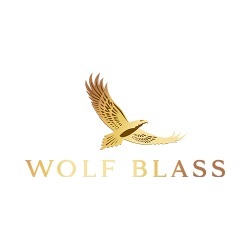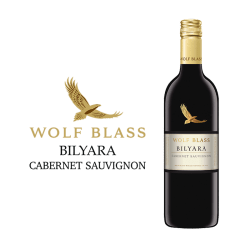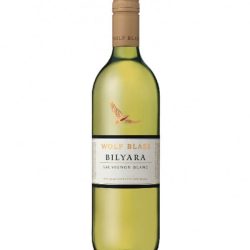History Of Wolf Blass
Founded in 1966, Wolf Blass was pioneered by Wolfgang Franz Otto Blass, who took to his passion for winemaking in in 1957. His journey into winemaking begun when he left school and started a winemaking course which then led him to be the youngest person to finish school with a Masters in Oenology, also known as the Science of Wine.
The Range
One of the more prominent Wolf Blass wines is the Wolf Blass Yellow Label which are bright wines, full of fruity flavours and pair perfectly with a wide range of dishes. Also famous is the Wolf Blass Eaglehawk, the more casual wine that’s created for that everyday glass of wine, great with food, friends or on its own too. Some other wines within the Wolf Blass range include Bilyara, Black Label, Grey Label, Gold Label, the Founders Original Blend and many more.
Range aside, the Wolf Blass wine production encompasses all blends of whites, reds and a handful of rose, sparkling wines and Riesling as well. To pick one out of the many would be almost impossible, but in line with Australia’s rich wine heritage, the Cabernet Sauvignon is perhaps one of the more prominent varietals. The Wolf Blass Cabernet Sauvignon is known for its dark lingering flavours layered with soft hints of the forest. The wines from this varietal is perfect with a good roast lamb, rich pastas, a hearty stew and of course, a good quality aged cheese. For a more localized flavor, we find it particularly well suited with beef satay, and if making it yourself, a splash goes a long way into that sauce as well.
Storing Your Wolf Blass Wines
When it comes to storing these Wolf Blass wines, there are quite a few factors that play an important role. Temperature stability is one of the bigger factors. Regardless of vintage or bottle closure type, keep your wines in a chiller or in a cool, dark place away from sunlight or a heat source. Sparkling wines are best served icy cold, whereas whites and rose are best cold and reds, just chilled. Besides temperature, humidity is important in storing Wolf Blass wines as well. You’d want to keep your wines in a place that has stable humidity, without much fluctuations, a 70% rate would be ideal. This helps keep the cork from drying out whereas too much humidity may promote the growth of mold and label damage.
Now that you’ve got the details of Wolf Blass wine, get to know it personally and raise your glass to Wolfgang Franz Otto Blass, Australia’s winemaking genius.





